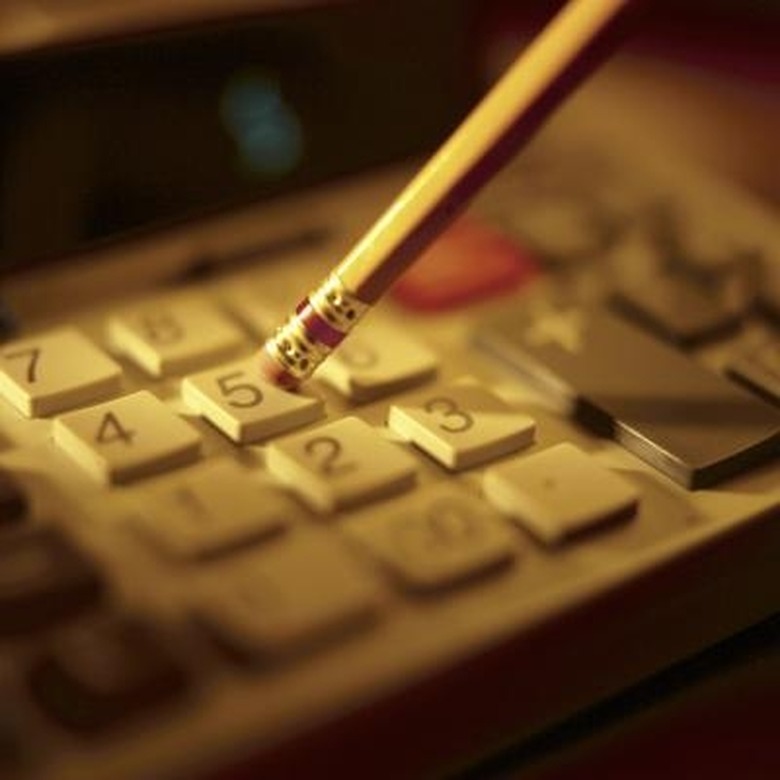What Is The Mean Percentage Difference?
Mean percentage difference is the average of the percentage differences between two results observed over a set number of times. You might use mean percentage difference in laboratory experiments or in observations or everyday occurrences such as temperature readings between two different periods.
Calculating Percentage
Calculating Percentage
Percentage is a fraction of the number 100. For example, if you have one half of a project done, you have 50 percent (1/2 = 50/100) of the project done. If you knock down seven pins out of 10 at bowling, you've knocked down 70 percent (7/10 = 70/100) of the pins.
Calculating Percentage Difference
Calculating Percentage Difference
The percentage difference is the difference between the new value and the old value, divided by the old value. For example, if the temperature Sept. 30, 2000 was 78 degrees and 81 degrees Sept. 30, 2010, the percentage difference is (81 – 78) / 78, which equals 0.0385, or 3.85 percent.
Calculating the Mean
Calculating the Mean
The mean is the average of a series of results. For example, if you calculated percentage differences in temperature over four days between September 2000 and September 2010, and your results were 3.85, 3.66, 3.49 and 3.57 percent, the mean percentage difference would be the average of those four readings and equal the sum of the differences (14.57 percent) divided by the number of readings (4), giving you a mean percentage difference of 14.57 percent / 4 = 3.64 percent.
References
Cite This Article
MLA
Lanctot, Philippe. "What Is The Mean Percentage Difference?" sciencing.com, https://www.sciencing.com/mean-percentage-difference-7246016/. 24 April 2017.
APA
Lanctot, Philippe. (2017, April 24). What Is The Mean Percentage Difference?. sciencing.com. Retrieved from https://www.sciencing.com/mean-percentage-difference-7246016/
Chicago
Lanctot, Philippe. What Is The Mean Percentage Difference? last modified March 24, 2022. https://www.sciencing.com/mean-percentage-difference-7246016/
